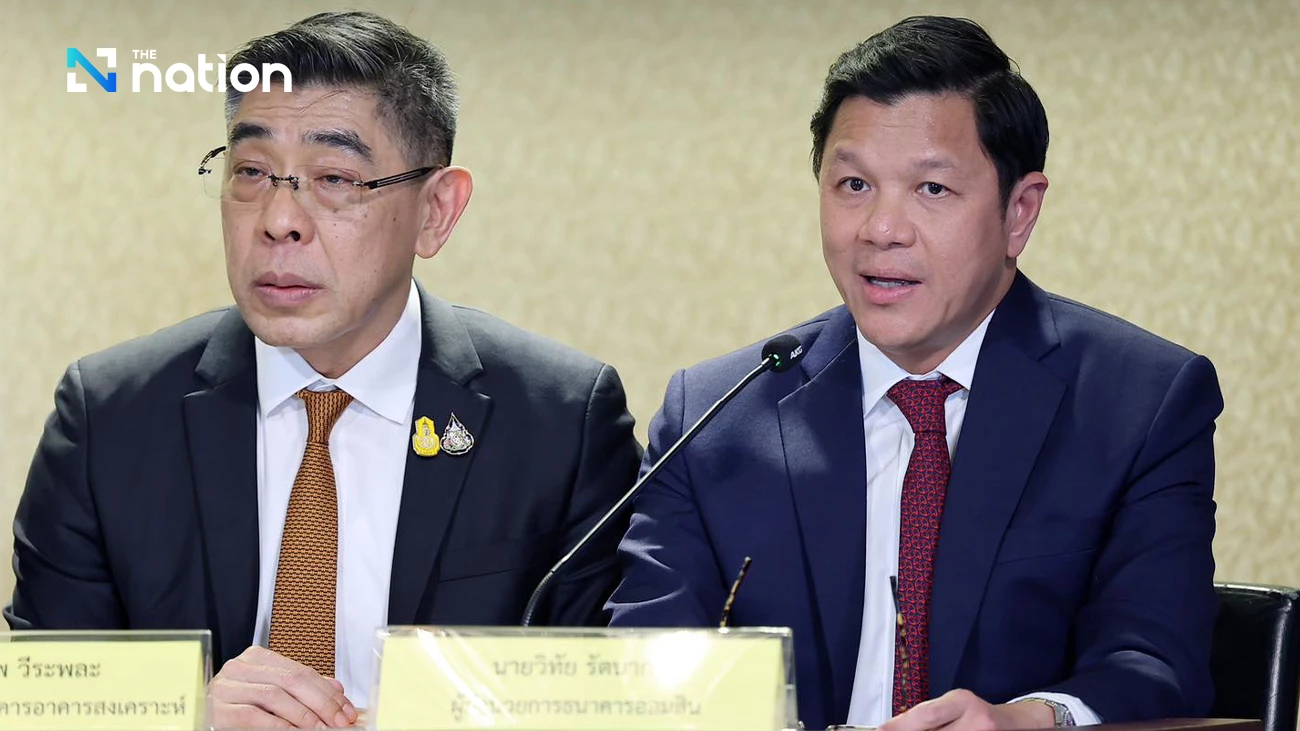BRI scheme a boon for airlines, China Eastern executive says

CHINA’S Belt and Road Initiative (BRI) has benefited the aviation industry as it is helping to boost the number of international travellers, said an executive of China Eastern Airlines, one of the three major state-owned air transport groups in the country.
“We have found that more Chinese people are interested in travelling to countries along the Belt and Road, so it brings a dose of good news to every industry, including us [aviation industry],” Dong Bo, China Eastern’s chief marketing officer, told The Nation during a recent visit to the airline’s headquarters in Shanghai.
Dong said that the BRI initiative will spur facilitating construction, more trade and investment flows, and more contact between the people of the countries along the Belt and Road.
Chinese President Xi Jinping in late 2013 proposed the development strategy, which focuses on connectivity and cooperation between the countries of the Eurasian land mass and beyond with China, linked by the land-based Silk Road Economic Belt and the ocean-going Maritime Silk Road.
The BRI includes a number of hugely ambitious projects, including China’s aim to build a 3,000km high-speed line from Kunming, in Yunnan province, all the way down to Singapore, passing through Laos, Thailand and Malaysia.
“China Eastern has been building the Aviatic Silk Road,” Dong said.
In line with the initiative, the airline had by the end of last year opened 131 routes to 45 cities in 21 countries along the Belt and Road, with 38,000 flights a year, according to Dong.
The transport capacity input last year increased by 13 per cent year on year and by 33 per cent compared to 2015.
Dong said the statistics for this year also showed that the number of international passengers is rising at a faster pace.

"Dong Dong", a robot of China Eastern Airlines greets visitors at its headquarters in Shanghai.
Shanghai-based China Eastern serves more international destinations than any of its Chinese rivals. With the network enabled by the carrier’s membership of the SkyTeam Airline Alliance, its passengers can reach 1,074 destinations in 177 countries, including all those along the Belt and Road.
Thailand is China Eastern’s biggest market in Southeast Asia and the most popular destination for Chinese tourists, Dong added.
China is the biggest source of tourists to Thialnd, with 9.8 million visiting the Kingdom last year, marking a 12 per cent increase from 2016. Last year, Chinese accounted for 30 per cent of the total 35.8 million tourist arrivals.
The airline operates daily flights from Shanghai and Beijing to Bangkok, Chiang Mai, Chiang Rai, Phuket and Krabi. It also flies from Kunming to Bangkok.
As Thailand is pushing hard to lure foreign investment under the Eastern Economic Corridor (EEC) development scheme, Dong said his airline will have an opportunity to provide services to U-Tapao airport in Rayong province – a facility destined for a massive upgrade under the EEC plans.
However, Dong said China Eastern is very cautious on investment in overseas airports, as the airline is focused more on Chinese airports, especially a new facility in Beijing.
“We are sparing no effort to build a new airport hub in Beijing,” he said.
The as-yet unnamed airport, 46 kilometres south of central Beijing, is designed to take pressure off the overcrowded Beijing Capital International Airport, the world’s second busiest airport, in the northeastern suburbs.
China Eastern and Guangzhou-based China Southern will invest 13.2 billion yuan and 14.8 billion yuan, respectively, in the new airport in an effort to enhance their positions in the Beijing market.
In 2016, the Civil Aviation Administration of China announced that the two carriers, along with other SkyTeam members, will move to the capital's new airport in Daxing district.
Beijing-based Air China and other Star Alliance member carriers are expected to remain at Beijing Capital Airport, which has a shortage of aircraft slots.
When the airport is completed in September 2019, China Eastern will be stationed in the new facility as the No 1 airline there, Dong said.
It plans to put 150 to 200 large and medium-sized passenger aircraft into use at the new airport and opens flights to the United States, Europe, Oceania, Southeast Asia, Japan, South Korea, Hong Kong, Macau and Taiwan, carrying 40 million passengers per year.
These flights will mesh with the existing vast network of China Eastern to form a new one with Beijing and Shanghai as the two major hubs, from which passengers can fly anywhere in the world, Dong said.
Under the overall plan, the company aims to operate a fleet of over 820 aircraft and to achieve its strategic mission in a preliminary sense by 2020, he said.





